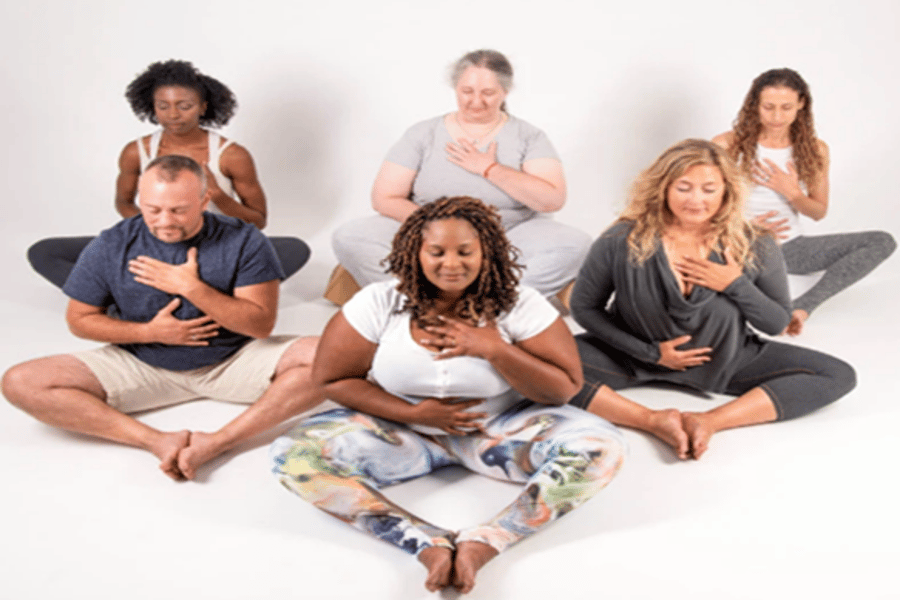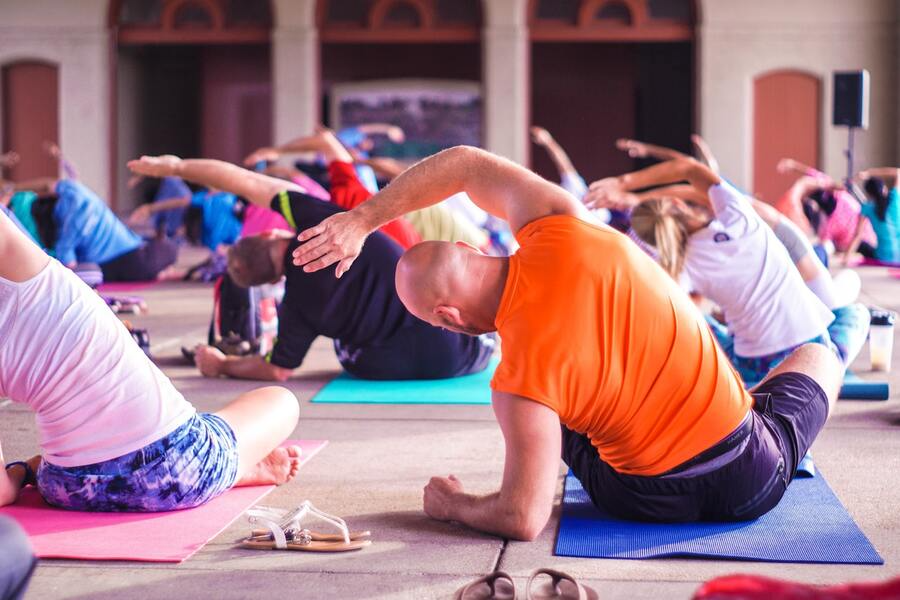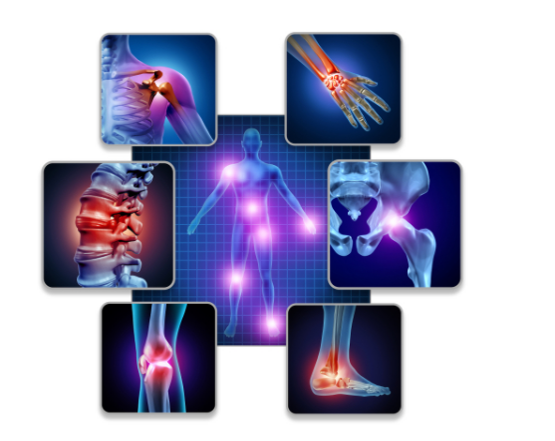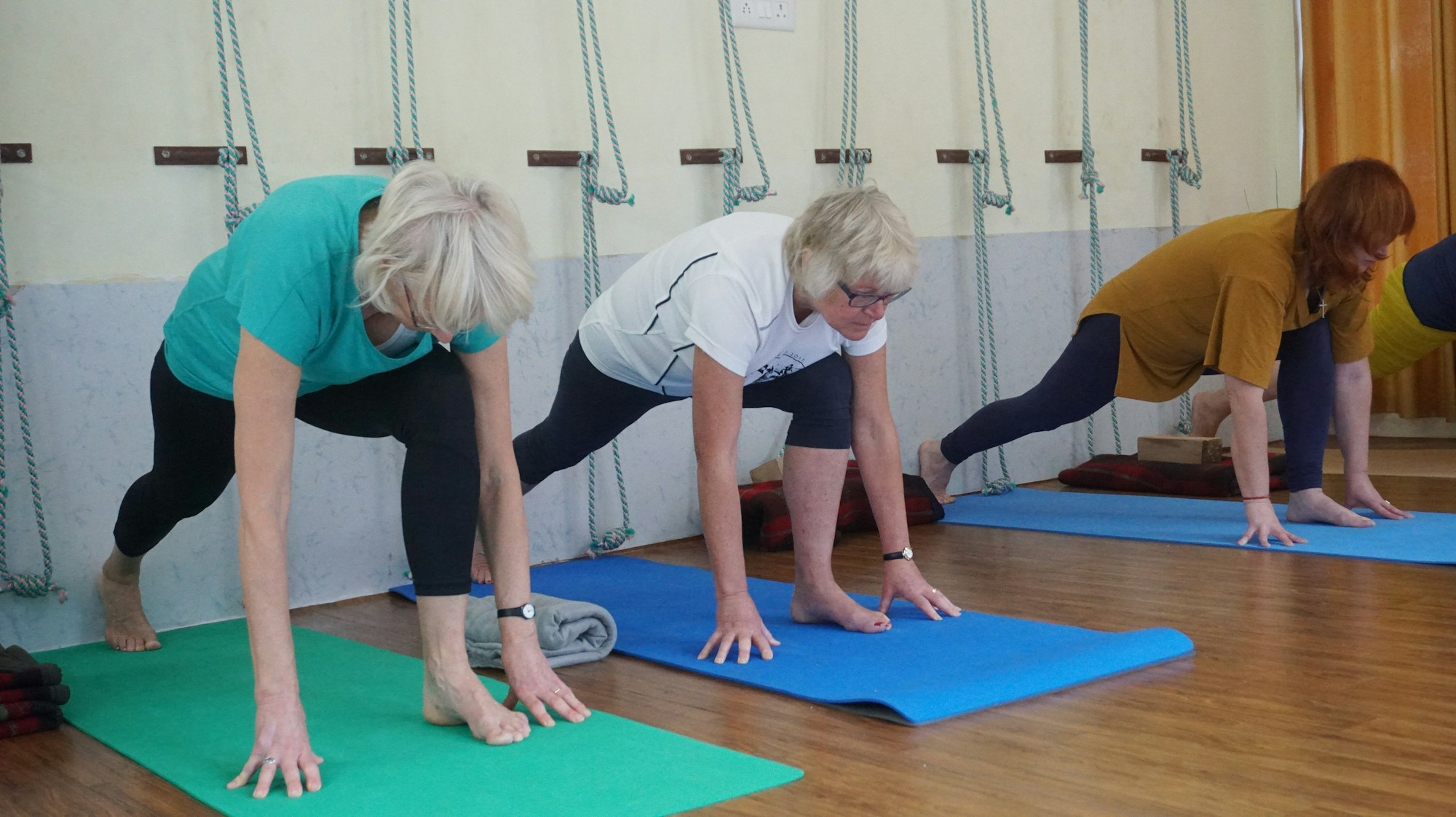YOGA NEWS
Self-care is anything you do to keep yourself mentally, emotionally, physically, socially, and spiritually healthy.
Engaging in a self-care routine has been clinically proven to reduce or eliminate anxiety and depression, reduce stress, improve concentration, minimize frustration and anger, increase happiness, improve energy, and more.
SELF CARE IS ESSENTIAL
- sEVEN pILLARS OF SELF-CARE

Yoga therapy is the professional application of the principles and practices of yoga to promote health and well-being within a therapeutic relationship that includes personalized assessment, goal setting, lifestyle management, and yoga practices for individuals or small groups.
Read more about YOGA THERAPY?

Self-compassion refers to being supportive toward oneself when experiencing suffering or pain caused by personal mistakes and inadequacies or external life challenges.
Self-compassion involves responding in the same supportive and understanding way you would with a good friend when you have a difficult time, fail, or notice something you don’t like about yourself.
READ MORE ON SELF COMPASSION
Movement is life! Discover YOUR Fountain of Youth!

Functional movement capability refers to one's ability to move the body coordinated and efficiently. It includes the ability to perform basic movements and skills with ease and balance. This capability is measured by how well one can move, maintain stability, and coordinate movements. It is an essential aspect of physical function that helps one stay active throughout life.
HOW YOGA THERAPY SUPPORTS FUNCTIONAL MOVEMENT IN AGING

Low back pain is one of the most common reasons for physician visits in the United States. Most Americans have experienced low back pain, and approximately one quarter of U.S. adults reported having low back pain lasting at least one day in the past three months
The American College of Physicians now recommends yoga and other alternatives to prescription drugs for chronic low-back pain, saying that opioids and more invasive treatments should be used only after other approaches have failed. A number of other key organizations, including the Academic Consortium for Integrative Medicine & Health, agree and have laid out their position in resources such as Moving Beyond Medications.
CHRONIC PAIN

Yoga encourages one to relax, slow the breath, and focus on the present, shifting the balance from the sympathetic nervous system and the flight-or-fight response to the parasympathetic and relaxation responses. The latter is calming and restorative; it lowers breathing and heart rate, decreases blood pressure, lowers cortisol levels, and increases blood flow to the intestines and vital organs.
One of the main goals of yoga is to achieve tranquility of the mind and create a sense of well-being, feelings of relaxation, improved self-confidence, improved efficiency, increased attentiveness, lowered irritability, and an optimistic outlook on life.
mental health america - get help

The human brain is a complex organ that enables us to process information and interact with the world around us. The grey matter, which makes up the majority of our brain's tissue, plays a crucial role in our cognitive and motor functions. Neuroplasticity, , a key factor in promoting healthy brain function, is a term used to describe the brain's ability to adapt and reorganize itself in response to new situations and experiences.
Recent research suggests that incorporating yoga into our daily routine can positively impact multiple areas of the brain. By engaging in various yoga postures and breathing exercises, we can stimulate different regions of the brain, potentially mitigating the effects of aging and neurodegeneration. Additionally, regular yoga practice has been shown to improve mood, reduce stress and anxiety, and enhance overall well-being.
HOW DOES YOGA THERAPY CHANGE YOUR BRAIN

Many older adults benefit from practicing yoga as it helps maintain their physical mobility and functional autonomy. A study conducted in ten different countries with 350,000 participants aged 60 and above found that seniors spend an average of 9.4 hours a day being sedentary, which can lead to premature aging risks. A separate study showed that 56 women between the ages of 50 and 79, who participated in a 20-week yoga retreat, After assessing their spine mobility before and after the retreat, they found that practicing yoga correlated with enhanced muscle flexibility and an expanded range of motion, increased overall back strength, and enhanced stability in their abdominal oblique muscles.
Yoga for Healthy Aging
STUDIES:
Effects of an Integrated Yoga Program on Quality of Life, Spinal Flexibility, and Strength in Older Adults: A Randomized Control Trial https://pubmed.ncbi.nlm.nih.gov/35476749/
Why these goals?
Yoga for Healthy Aging: Science or Hype?
https://www.ncbi.nlm.nih.gov/pmc/articles/PMC8341166/


